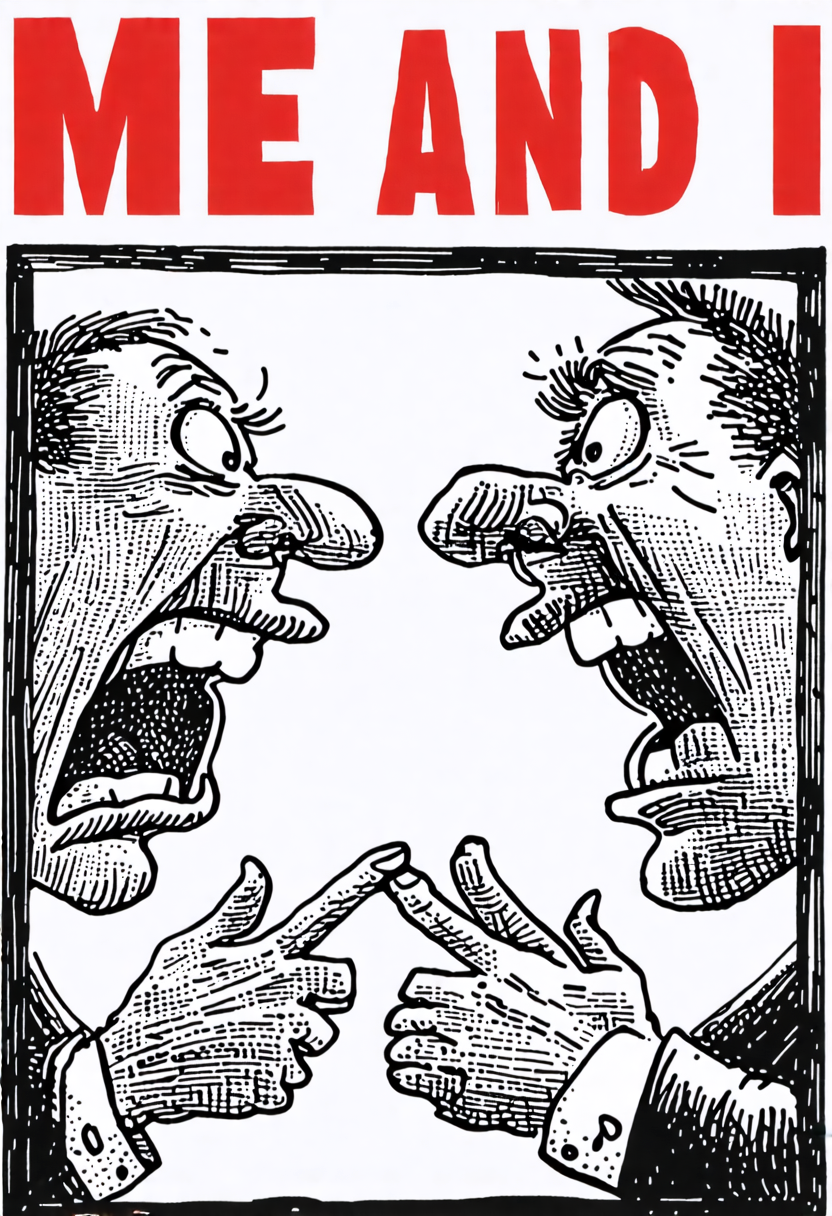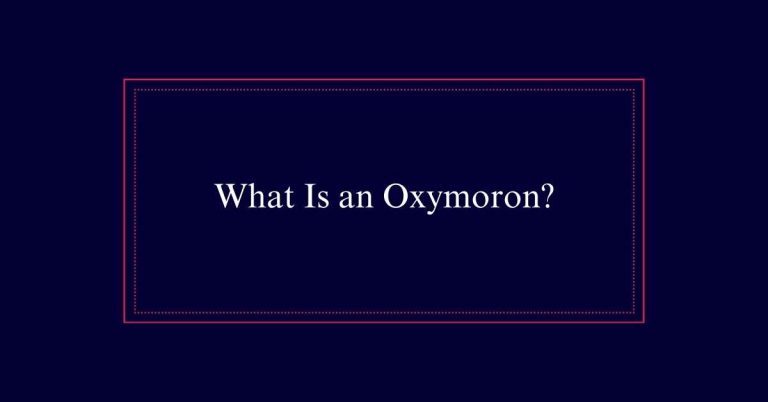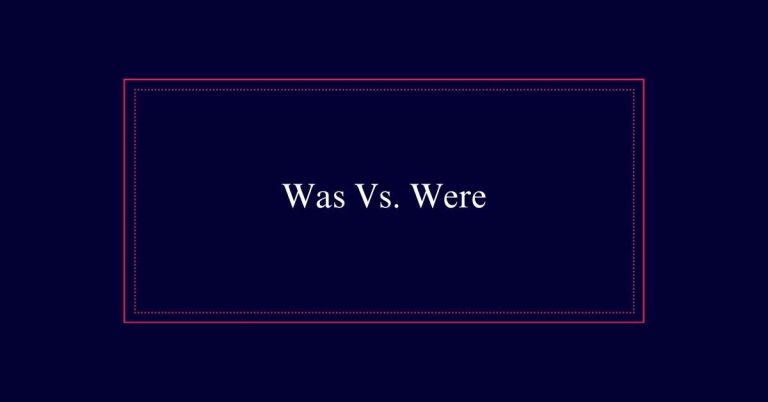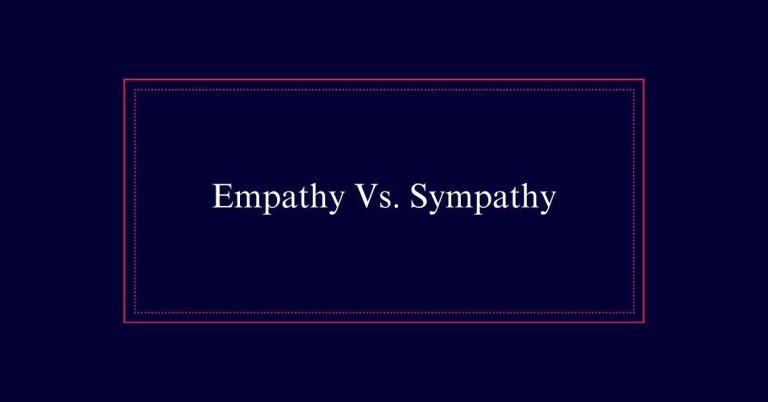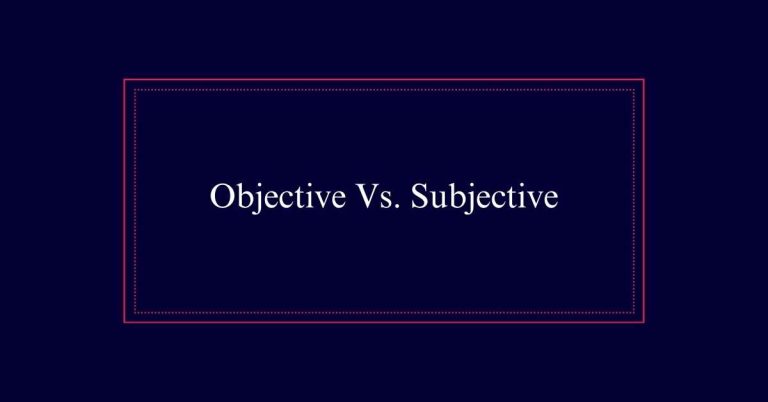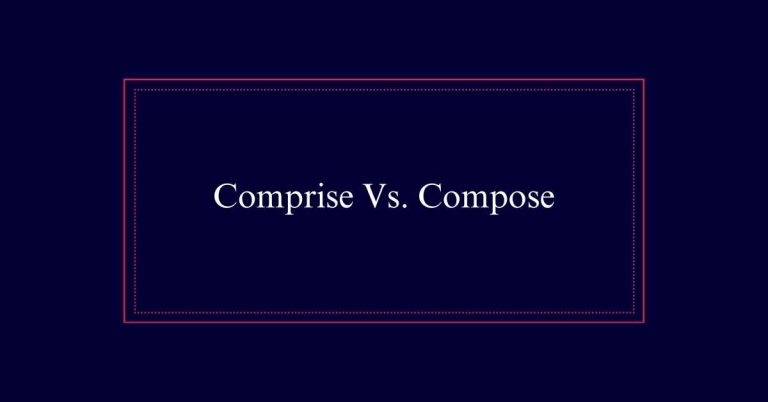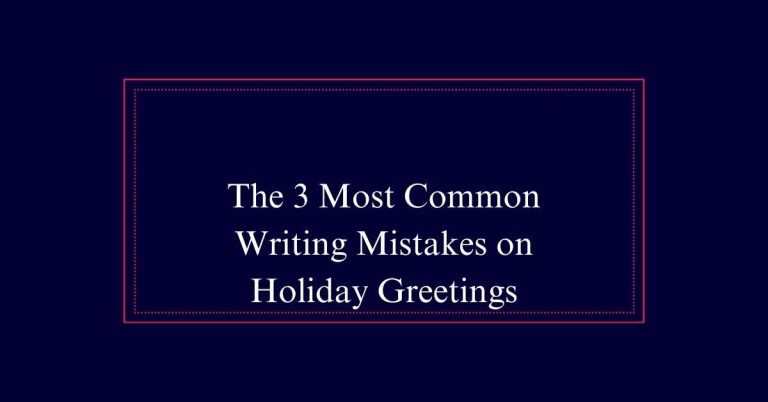How to Use Me and I correctly?
Understanding the difference between ‘I’ and ‘me’ is essential for clear communication. ‘I’ is a subject pronoun used when you are performing the action in the sentence. For example, ‘I went to the store.’ ‘Me’ is an object pronoun used when you are receiving the action. For example, ‘He gave the book to me.’ A simple trick to decide which to use is to remove additional nouns in the sentence.
Understanding ‘I’ and ‘Me’
Understanding the difference between ‘I’ and ‘me’ is essential for clear and correct communication.
‘I’ and ‘me’ are first-person pronouns but function differently in sentences. ‘I’ is a subjective pronoun, used when the speaker is the sentence’s subject. For instance, ‘I went to the store.’
In contrast, ‘me’ is an objective pronoun, used when the speaker is the object of the sentence. For example, ‘She gave me a gift.’
To decide which to use, remove additional nouns from the sentence. If it still makes sense, you have chosen correctly. For instance, ‘John and I went’ becomes ‘I went,’ which is correct.
Conversely, ‘She talked to John and me’ becomes ‘She talked to me,’ which is also correct.
First-Person Pronouns
First-person pronouns, ‘I’ and ‘me,’ are essential for conveying personal actions and experiences in sentences. These pronouns represent the speaker or writer and are vital for clear communication.
‘I’ is used when the speaker is the subject of the sentence, performing the action. For example, ‘I am writing an article.’
Conversely, ‘me’ is used when the speaker is the object, receiving the action. For example, ‘The article was written by me.’
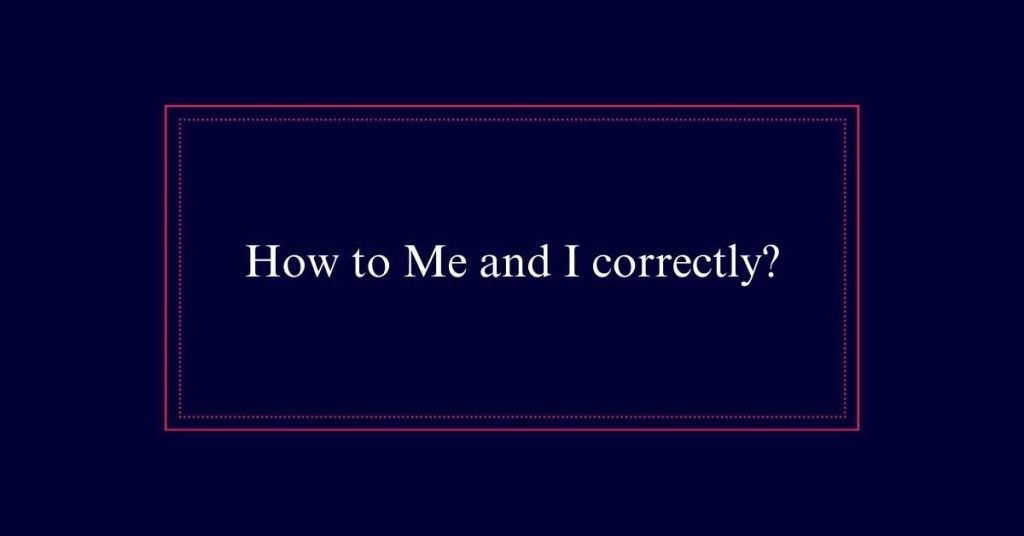
Understanding the roles of ‘I’ and ‘me’ helps in constructing grammatically correct sentences. Remember to use ‘I’ for subjects and ‘me’ for objects to ensure clarity. Proper usage reflects a strong grasp of the English language.
Subjective Case: ‘I’
In the subjective case, ‘I’ is used when the speaker is the subject of the sentence. This means ‘I’ performs the action in the sentence. For example, ‘I am going to the store.’ Here, ‘I’ is the subject performing the action of going.
When you are one of multiple subjects, use ‘I’ as well. For instance, ‘John and I are planning a trip.’ Always mention other subjects before using ‘I,’ maintaining proper sentence structure.
Using ‘I’ correctly guarantees clarity in communication. If unsure, remove other subjects to see if the sentence still makes sense. For example, ‘I am planning’ instead of ‘Me am planning.’ This quick check helps determine the correct pronoun usage.
Objective Case: ‘Me’
The objective case uses ‘me’ when the speaker is the object of the sentence. This occurs when the action or verb affects the speaker. For example, ‘She gave me a gift’ and ‘They saw me at the event.’ In these sentences, ‘me’ receives the action.
Here is a table to illustrate:
| Sentence | Subject | Object |
|---|---|---|
| ‘She gave me a gift.’ | She | Me |
| ‘They invited me to the party.’ | They | Me |
| ‘The teacher called me.’ | The teacher | Me |
| ‘Can you help me with this?’ | You | Me |
Direct and Indirect Objects
Understanding direct and indirect objects is essential for mastering the use of ‘me’ and ‘I’. The direct object receives the action of the verb. For example, in ‘She called me,’ ‘me’ is the direct object.
The indirect object, however, indicates to whom or for whom the action is done. For instance, in ‘He gave me the book,’ ‘me’ is the indirect object.
To determine whether to use ‘me’ or ‘I’, identify the role you play in the sentence. If you are the receiver of the action, use ‘me’. If you are performing the action, use ‘I’.
Multiple Subjects Rules
When constructing sentences with multiple subjects, apply the same rules for using ‘I’ and ‘me’ as you would for a single subject.
For example, you would say, ‘John and I are going to the store,’ not ‘John and me.’ Here, ‘I’ is part of the subject.
Conversely, use ‘me’ when you are part of the object: ‘The gift was for John and me,’ not ‘John and I.’
Always place other subjects before ‘I’ or ‘me’ to maintain proper form.
A useful trick is to remove the other subject. If the sentence still makes sense, your choice between ‘I’ and ‘me’ is likely correct.
Multiple Objects Rules
Just as multiple subjects follow specific rules, multiple objects in a sentence also require careful attention to the use of ‘I’ and ‘me’.
When you and others are objects in a sentence, ‘me’ should be used. For example, ‘The teacher called Sarah and me.’ Always place ‘me’ after the other objects. If you remove the additional objects, the sentence ‘The teacher called me’ still makes sense.
Conversely, ‘The teacher called I’ is incorrect. This rule applies whether you are a direct object or an indirect object. For instance, ‘She gave Tom and me a gift.’ Here, ‘me’ is the indirect object.
Common Mistakes
Many people often confuse ‘I’ and ‘me,’ leading to common grammatical mistakes. These errors usually occur because both pronouns refer to oneself but serve different grammatical functions.
Here are some typical mistakes:
- Using ‘I’ as an object: ‘She gave the book to John and I.’
- Using ‘me’ as a subject: ‘Me and Sarah went to the store.’
- Incorrect subject-object combination: ‘Him and me are going to the meeting.’
To avoid these mistakes, remember that ‘I’ should always be used as the subject of the sentence, while ‘me’ should be used as the object.
Handy Memory Tricks
Understanding these common mistakes is the first step; now let’s explore some handy memory tricks to help you correctly use ‘I’ and ‘me’.
One effective trick is to remove other subjects in the sentence to see if it still makes sense. For instance, ‘John and I went to the store’ simplifies to ‘I went to the store,’ which is correct. Conversely, ‘She gave the book to John and me’ simplifies to ‘She gave the book to me,’ also correct.
Another helpful tip is to remember that ‘I’ is always used as the subject, and ‘me’ as the object. This guarantees clarity in sentence construction.
Practice Exercises
To solidify your understanding, here are some practice exercises to help you master the use of ‘I’ and ‘me’. These exercises will let you practice identifying the correct pronoun based on its role in the sentence.
- Exercise 1: Fill in the blanks with ‘I’ or ‘me’:
‘John and ___ went to the market.’
- Exercise 2: Correct the sentence:
‘She gave the book to John and I.’
- Exercise 3: Choose the correct pronoun:
‘Between you and ___, this is a secret.’
Frequently Asked Questions
Can ‘Me’ Be Used at the Beginning of a Sentence?
‘Me’ should not be used at the beginning of a sentence. It is an objective pronoun, used when the speaker is the object. At the beginning, it should be ‘I,’ as it is the subject pronoun.
Is It Ever Correct to Use ‘Me’ in Formal Writing?
Yes, ‘me’ can be used in formal writing, but it must be in the correct grammatical position. Use ‘me’ when it functions as the object of a verb or preposition, ensuring proper sentence structure.
